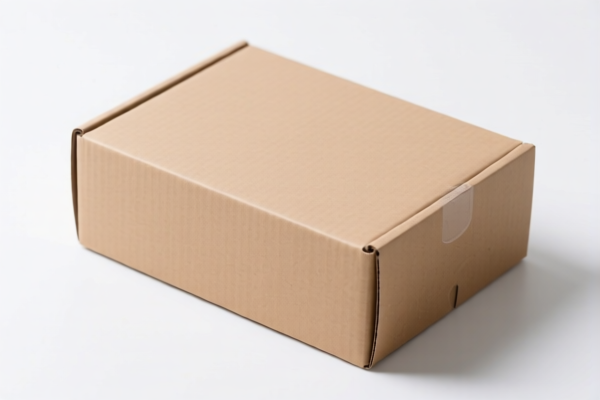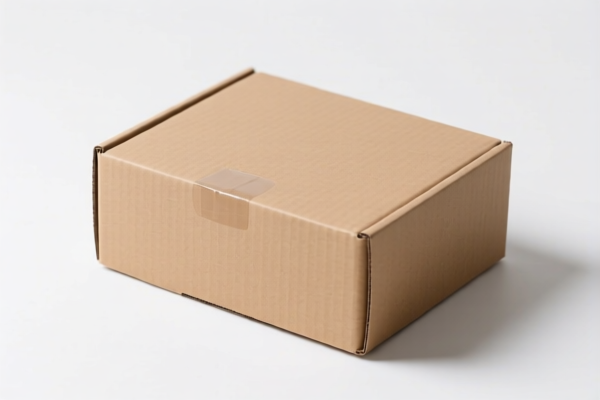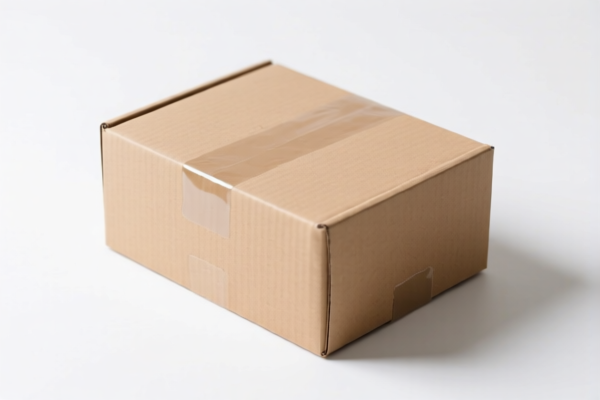Found 5 matching results
(CN → US)
| HS Code | Official Doc | Tariff Rate | Origin | Destination | Effective Date |
|---|---|---|---|---|---|
| 4823908680 | Doc | 55.0% | CN | US | 2025-05-12 |
| 4819400020 | Doc | 55.0% | CN | US | 2025-05-12 |
| 4819400040 | Doc | 55.0% | CN | US | 2025-05-12 |
| 4805915000 | Doc | 55.0% | CN | US | 2025-05-12 |
| 4202295000 | Doc | 62.8% | CN | US | 2025-05-12 |




Paper Bag
A paper bag is a packaging container made of paper, usually kraft paper. They are commonly used for retail, grocery shopping, and as disposable packaging.
Material
Paper bags are primarily constructed from:
- Kraft paper: A strong, durable paper made from wood pulp. It's known for its tensile strength. Different weights of kraft paper are used depending on the intended load.
- Recycled paper: Increasingly common, utilizing post-consumer waste paper. Recycled content affects strength and appearance.
- Bleached or unbleached paper: Bleaching provides a whiter appearance but impacts environmental considerations.
- Waxed or coated paper: Applied for moisture resistance, commonly used for food packaging.
Purpose
The primary purpose of a paper bag is to provide a convenient and relatively inexpensive means of carrying goods. They serve as:
- Retail packaging: For clothing, books, and other dry goods.
- Grocery carriers: A traditional method for transporting purchased items from a store.
- Food packaging: For items like sandwiches, baked goods, and snacks.
- Waste disposal: Small paper bags are sometimes used for composting or collecting waste.
Function
Paper bags function by:
- Containment: Holding items securely.
- Portability: Providing handles or a shape that facilitates carrying.
- Protection: Offering a degree of protection against dust, light damage, and minor impacts.
- Branding: Often printed with logos and store information for advertising.
Usage Scenarios
- Grocery stores: The most common application, offering customers a way to carry purchased items.
- Retail shops: Used for packaging purchases at clothing stores, bookstores, and gift shops.
- Restaurants & bakeries: For takeout orders, sandwiches, and pastries.
- Events: Used for collecting items at conferences, trade shows, or promotional events.
- DIY projects: Used for crafts, gift wrapping, or storage.
Common Types
- Flat Bag: Simplest type, with no gussets, suitable for lighter items.
- SOS Bag (Shopping Bag): "Self-Opening Sack" with a flat bottom and reinforced handles. Common grocery bag.
- Pinch Bottom Bag: Bottom is folded and pinched to create a sealed base.
- Satchel Bag: Features a folded and glued bottom, often with twisted paper handles.
- V-Bottom Bag: Similar to pinch bottom, but with a V-shaped bottom.
- Window Bag: Features a transparent window for visibility of contents.
- Block Bottom Bag: Provides a stable, rectangular base, often used for coffee or specialty foods.
- Handle Types:
- Twisted Paper Handles: Common, durable, and affordable.
- Flat Paper Handles: Less expensive, but less strong.
- Rope Handles: More durable and aesthetically pleasing, often used for gift bags.
- Size & Weight: Vary significantly based on intended use, from small lunch bags to large shopping bags.
Paper bags can be categorized based on their material, construction, and intended use. The following HS codes may be applicable:
- 4819400020: This code covers cartons, boxes, cases, bags and other packing containers, of paper, paperboard, cellulose wadding or webs of cellulose fibers; box files, letter trays and similar articles, of paper or paperboard of a kind used in offices, shops or the like: Other sacks and bags, including cones Shipping sacks and multiwall bags, other than grocers' bags. The tax rate details are: Basic tariff: 0.0%, Additional tariff: 25.0%, Additional tariff after 2025.4.2: 30.0%, Total tariff: 55.0%.
- 4819400040: This code also covers cartons, boxes, cases, bags and other packing containers, of paper, paperboard, cellulose wadding or webs of cellulose fibers; box files, letter trays and similar articles, of paper or paperboard of a kind used in offices, shops or the like: Other sacks and bags, including cones Other. The tax rate details are: Basic tariff: 0.0%, Additional tariff: 25.0%, Additional tariff after 2025.4.2: 30.0%, Total tariff: 55.0%.
- 3923210085: This code applies to articles for the conveyance or packing of goods, of plastics; stoppers, lids, caps and other closures, of plastics: Sacks and bags (including cones): Of polymers of ethylene Reclosable, with integral extruded closure: Polyethylene retail carrier bags (PRCBs) with handles (including drawstrings), with no length or width shorter than 6 inches (152.4 mm) or longer than 40 inches (1,016 mm). The tax rate details are: Basic tariff: 3.0%, Additional tariff: 25.0%, Additional tariff after 2025.4.2: 30.0%, Total tariff: 58.0%.
Explanation of HS Code Structure (based on provided reference):
- Chapter 48: This chapter covers paper, paperboard, cellulose wadding and webs of cellulose fibers.
- Heading 4819: Specifically covers cartons, boxes, cases, bags and other packing containers, of paper, paperboard, cellulose wadding or webs of cellulose fibers.
- Subheading 481940: Further specifies sacks and bags, including cones.
- Chapter 39: This chapter covers articles for the conveyance or packing of goods, of plastics.
- Heading 3923: Specifically covers stoppers, lids, caps and other closures, of plastics.
- Subheading 392321: Further specifies sacks and bags (including cones).
According to the provided reference material, the HS code options related to 'paper bag' are limited, with only the following 3 found.
Customer Reviews
No reviews yet.